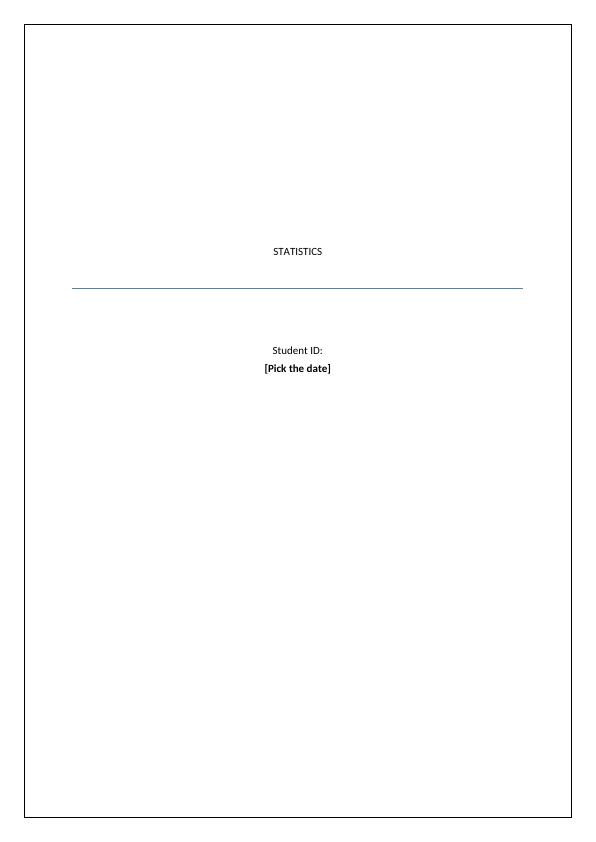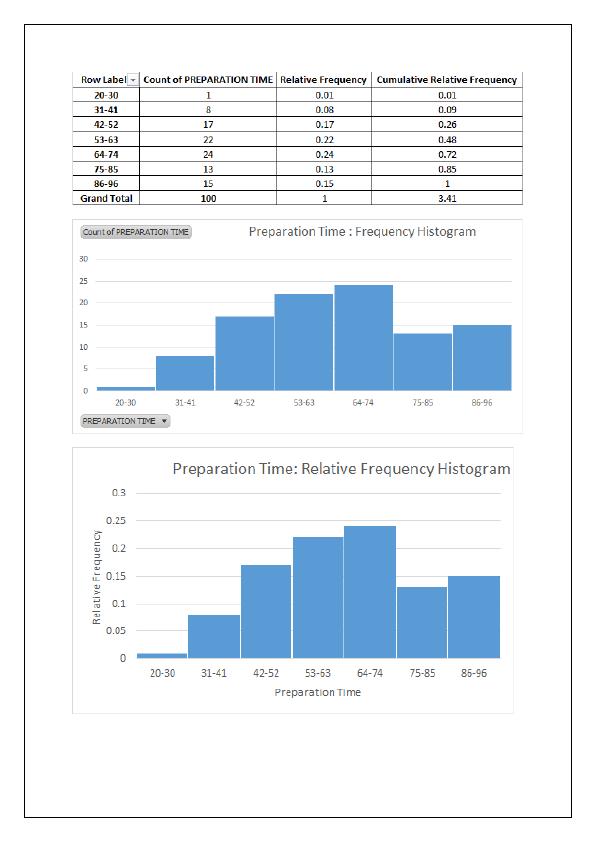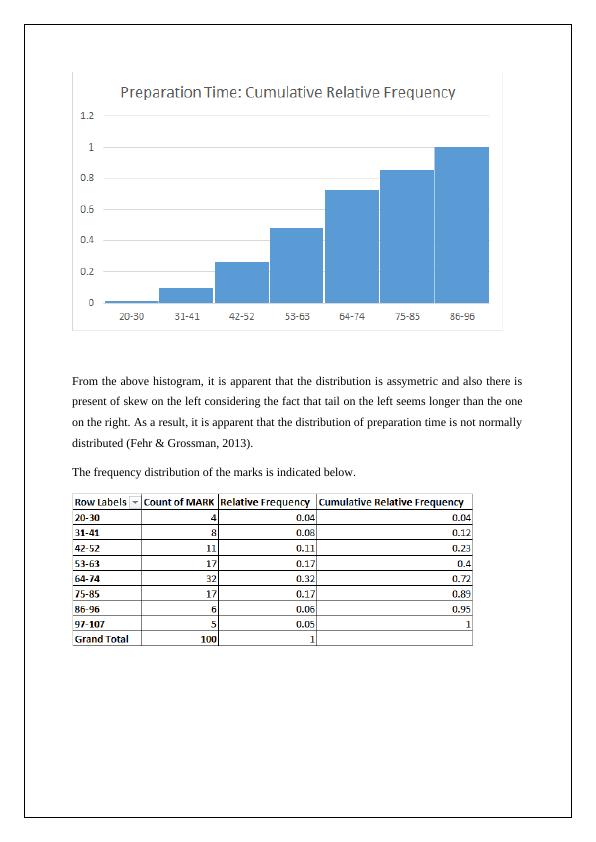Data Collection and Analysis Methods in Statistics
This is an applied assignment that requires students to demonstrate their understanding of the principles and techniques taught in the course. The assignment must be submitted in WORD format and all problems must be completed in the prescribed format taught in class. The assignment is worth 30% of the final grade.
Added on 2023-05-28
About This Document
This text discusses data collection and analysis methods in statistics, including the use of online survey method, stratified random sampling, correlation coefficient, and regression analysis. It also covers potential issues in data collection and interpretation of results.
Data Collection and Analysis Methods in Statistics
This is an applied assignment that requires students to demonstrate their understanding of the principles and techniques taught in the course. The assignment must be submitted in WORD format and all problems must be completed in the prescribed format taught in class. The assignment is worth 30% of the final grade.
Added on 2023-05-28
End of preview
Want to access all the pages? Upload your documents or become a member.




